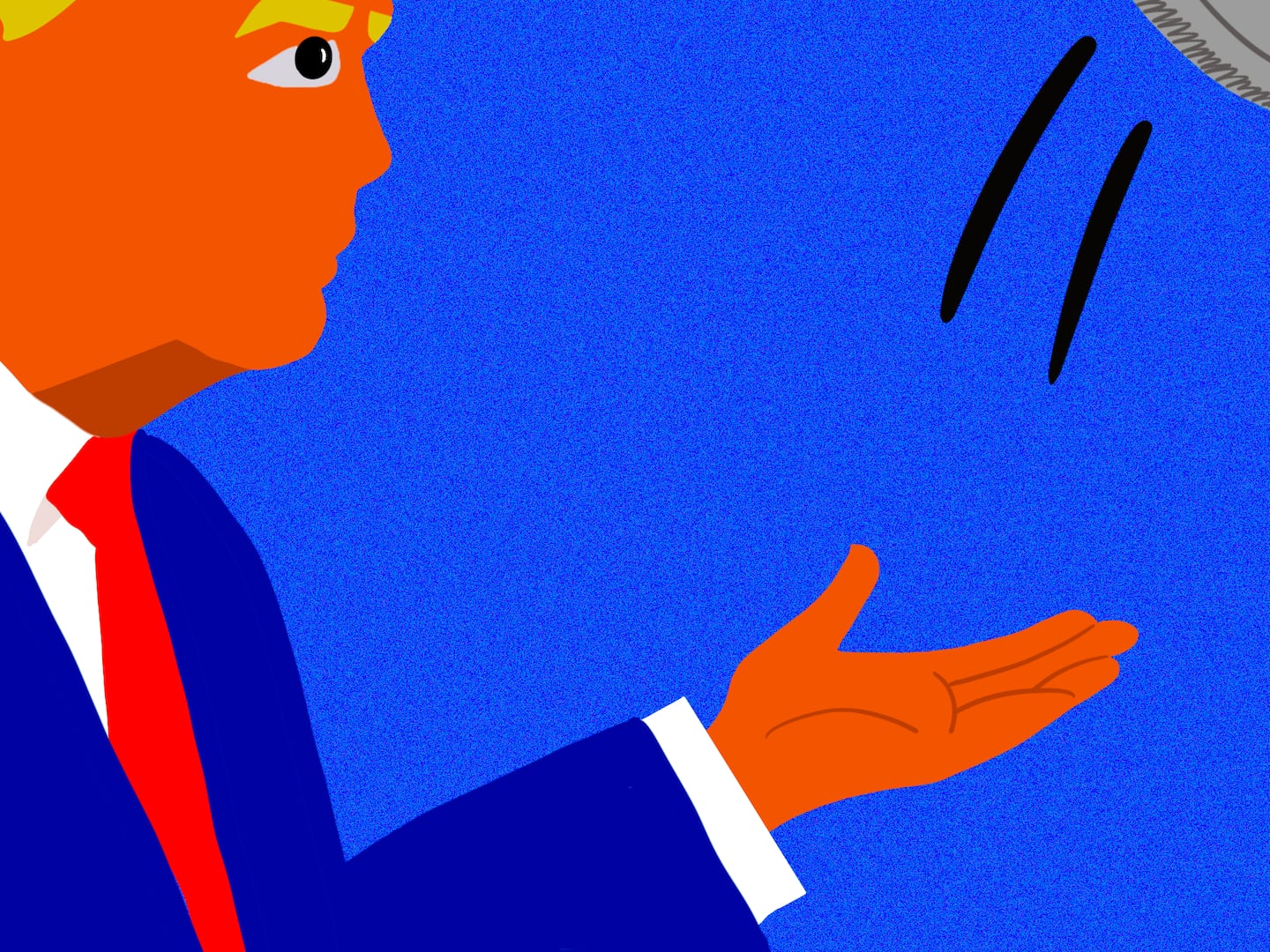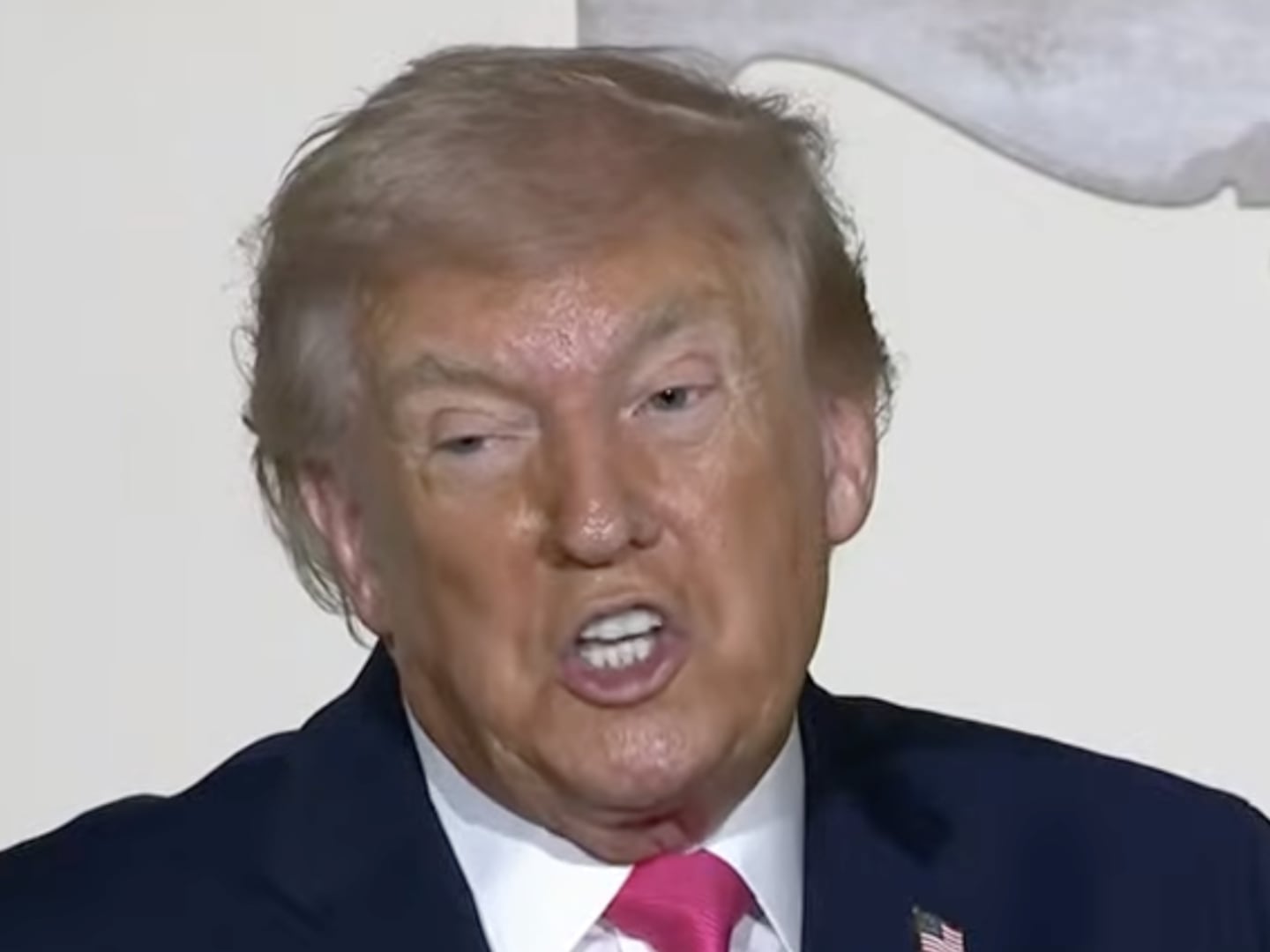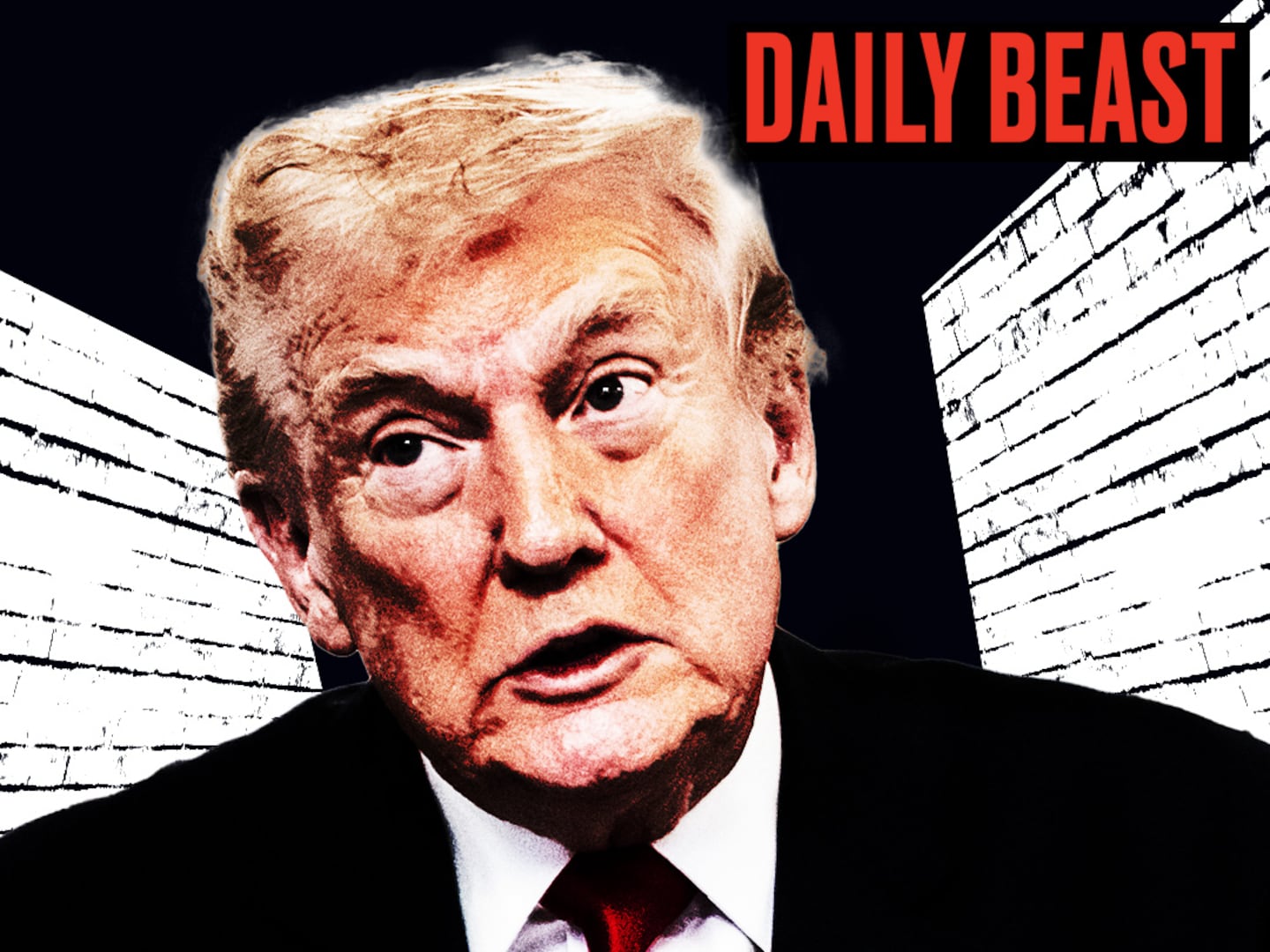As she runs for the Democratic nominee for president, Rep. Tulsi Gabbard (D-HI) also faces a primary challenge for her seat in the House. But if recent filings made by her political team are any indication, she’s not sweating.
Gabbard raised just $11 in the second quarter of 2019. That number does not factor in a $31 contribution refund, which means her campaign committee ended in the red during that three month period.
The committee spent just $8,828.59 during the quarter—almost all of which was on financial compliance—leaving it with just over $30,000 cash on hand.
The absence of any fundraising or spending on her House race has left political observers with the impression that Gabbard may not return to Congress at all if her White House bid falls short. By contrast, during this quarter in the 2018 election cycle, Gabbard brought in more than $225,000 in net contributions, per federal filings.
The congresswoman has been coy about such a situation in the past. Back in January, she told CNN’s Jake Tapper that she’d “cross that bridge when we get there.” Since then, Democratic state Senator Kai Kahele has formally launched a campaign for Gabbard’s seat. Kahele has won the endorsement of progressive groups and currently has $309,977 cash on hand in his campaign coffers and has used Gabbard’s presidential run against her.
“What Hawaii needs is a full time representative in Congress who will show up and whoʻs sole focus is fighting on behalf of the people of the 2nd Congressional District,” he said.
One Hawaii Democrat called Kahele the most formidable opponent that Gabbard has faced in her congressional career. But even that official cautioned that it would be difficult to unseat the congresswoman should she decide to run for re-election to the House in the wake of a White House bid falling short.
That’s because Gabbard’s current cash flow problems could be easily remedied. The congresswoman has developed a national political following during her presidential bid—her presidential campaign raised $1.5 million in the second quarter—giving her the type of grassroots fundraising network to quickly replenish her coffers. Beyond that, campaign finance laws allow her to transfer money from her presidential campaign to her House campaign should the former come to an end, provided that no individual donor exceeds federal donation limits in the course of that transfer.
“Since the contribution limit for presidential and house campaigns is the same, there would be no issue with the initial transfer, just a question of which donors would already have contributions against their limit for her House campaign,” explained David Mason, a former member of the Federal Election Commission. “These would be reported as memo entries on the house committee report along with the transfer.”
Gabbard’s team did not return requests for comment. But what is notable about her lack of any congressional campaign operation is how different it is from her contemporaries also running for the White House.
Rep. Tim Ryan (D-OH) is also running for the Democratic presidential nomination. But during the second quarter of 2009, he still raised $30,255.83 for his House campaign arm and spent $56,764.02 from that same account. Rep. Seth Moulton (D-MA), who is running for president and—like Gabbard—faces a primary challenge for his House seat, raised $39,409.17 in the second quarter for his congressional campaign arm. He spent $162,225 from that account during that same quarter, including nearly $8,000 on Facebook ads.
Moulton employed at least 13 staffers from his House campaign account. Gabbard, by contrast, had no one on her House campaign payroll.






